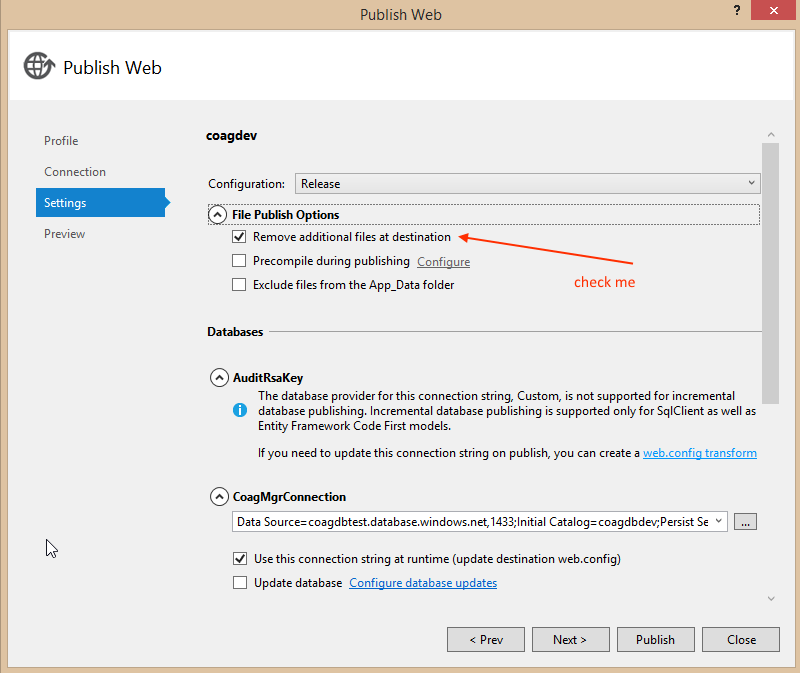I created a new MVC3 project, hit F5, saw the sample page.
Then I used NuGet to get the Ninject.MVC extension. I modified my global.asax according to the Ninject documentation, How To Setup an MVC3 Application:
public class MvcApplication : NinjectHttpApplication
{
public static void RegisterGlobalFilters(GlobalFilterCollection filters)
{
filters.Add(new HandleErrorAttribute());
}
public static void RegisterRoutes(RouteCollection routes)
{
routes.IgnoreRoute("{resource}.axd/{*pathInfo}");
routes.MapRoute(
"Default", // Route name
"{controller}/{action}/{id}", // URL with parameters
new { controller = "Home", action = "Index",
id = UrlParameter.Optional });
}
protected override IKernel CreateKernel()
{
var kernel = new StandardKernel();
kernel.Load(Assembly.GetExecutingAssembly());
return kernel;
}
protected override void OnApplicationStarted()
{
base.OnApplicationStarted();
AreaRegistration.RegisterAllAreas();
RegisterGlobalFilters(GlobalFilters.Filters);
RegisterRoutes(RouteTable.Routes);
}
}
Now when I run the app, I get the yellow screen of death with the following exception:
InvalidOperationException - Sequence contains no elements.
at System.Linq.Enumerable.Single(...)
at Ninject.Web.Mvc.Bootstrapper.Initialize(...) line 67.
And sure enough, line 67 of that file calls .Single(), thus throwing the exception.
What am I doing wrong?

